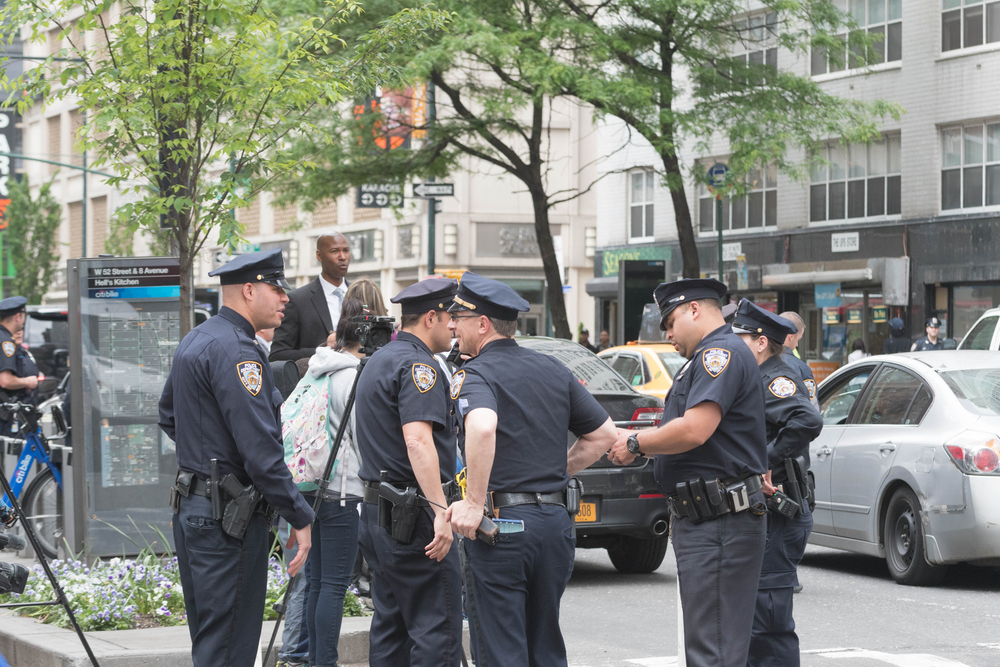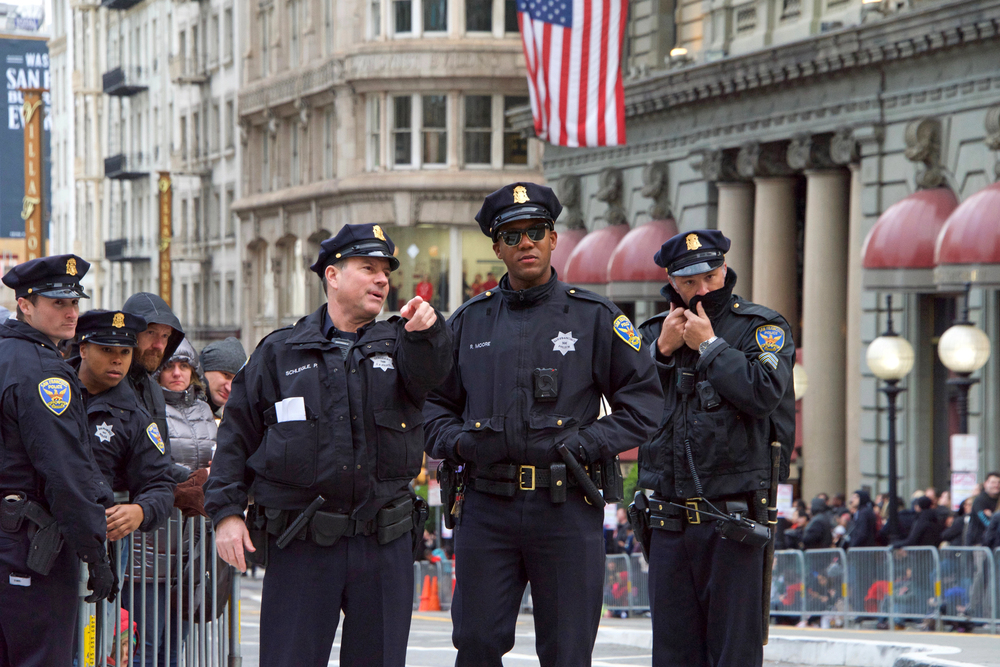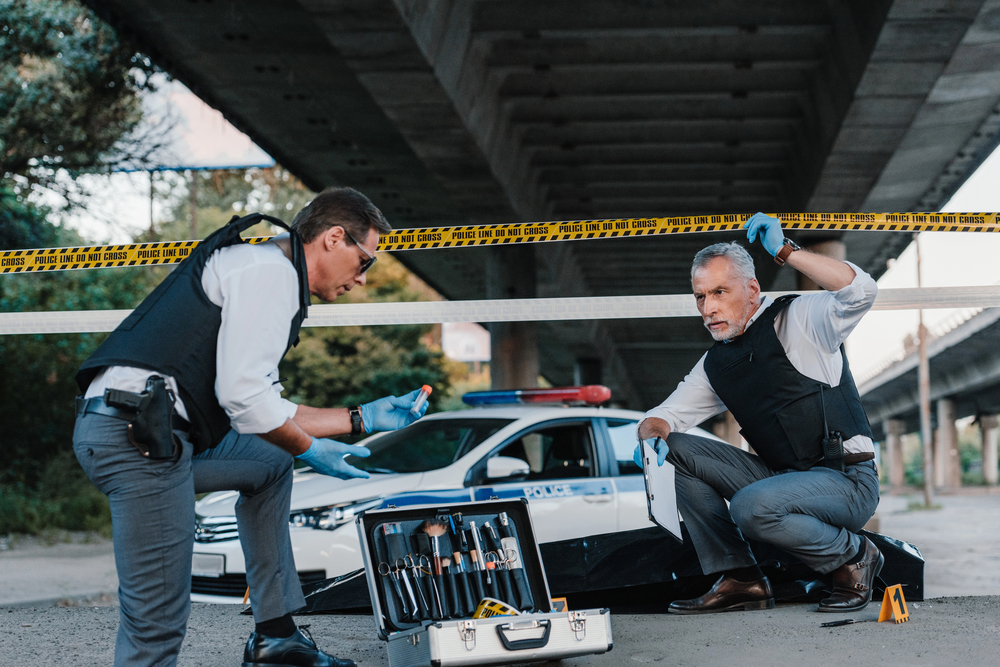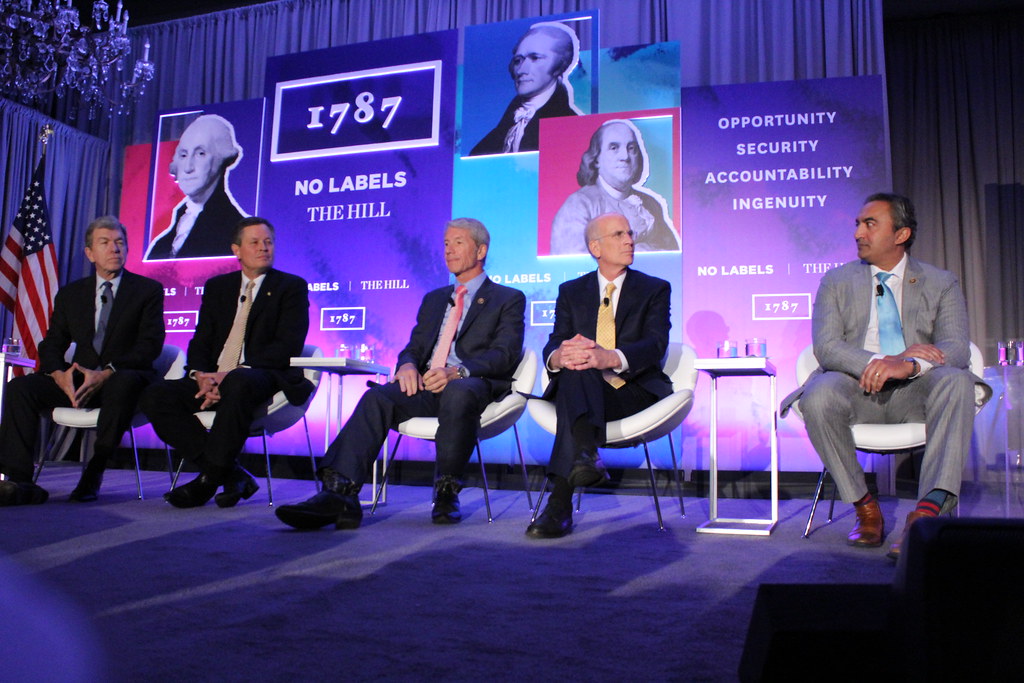
“The numbers can be declining and be high simultaneously,” said Adam Gelb of the Council on Criminal Justice recently, and that contradiction is at the centre of Washington, D.C.’s crime debate currently. While official data indicate that the city is safer than it has been in decades, the on-the-ground experience for many residents and the political drama unfolding on the national stage paint a more complex picture.

For the last year, the country’s capital has been a hotspot for the battle over how crime is measured, seen, and confronted. President Trump’s federalisation of the city’s police force and mobilisation of the National Guard have fueled hot resistance from city leaders, even as some citizens cite personal anecdotes that leave them feeling less secure. Meanwhile, experts are calling on all parties involved, policymakers, the public, and anyone to step back from headlines and get into the numbers.
Here’s a closer examination of the most important factors influencing D.C.’s crime debate, from the numbers game to the solutions that are really making a difference.

1. Crime Rates Are Dropping, But Context Matters
According to Metropolitan Police Department data, total violent crime in 2024 fell by 35% compared to 2023, hitting its lowest point in over 30 years. Homicides dropped 32%, robberies 39%, and armed carjackings 53%. U.S. Attorney Matthew Graves credits targeted prosecutions of gangs and crews driving violence, noting a 66% reduction in violent crime in one neighbourhood after a key drug crew was dismantled.
But as crime analyst Jeff Asher says, the narrative varies with the time scale. Glancing back at 2012, the homicide rate has increased overall, albeit well short of the heights of the early 1990s. That’s why experts such as Thomas Abt emphasise that “it all depends on where you set your goalposts.” Short-term success is possible, but it doesn’t undo longer-term issues.

2. Personal Experiences Define Public Opinion
Statistics don’t remove what ABC News anchor Kyra Phillips has witnessed outside her newsroom. Within six months, she’s seen someone get killed in a shooting two blocks from where she works, been physically assaulted in the area, and learned of a co-worker’s car being stolen. These incidents feed a perception that crime is “occurring every single day,” regardless what official patterns.
Surveys support this: a Washington Post poll showed most residents still consider crime a top concern. Experts explain that such a gap occurs because sensational, random, or violent events remain stuck in people’s minds much longer than gradual statistical reforms.

3. The Lethality Problem
While violent crime incidents decline, the violence that is occurring is more lethal. Statistics indicate a 300% increase in lethality since 2012, with 57 homicides for every 1,000 serious violent crimes in 2024, one of the highest rates of major U.S. cities. Fewer individuals are being assaulted, but the assaults are more likely to result in fatalities.
This change makes occasional but horrible occurrences, such as the June drive-by shooting of a young legislative aide, strike even harder and is part of the reason that some residents of Washington support visible federal intervention in addition to overall declines in crime.

4. Federal vs. Local: A Clash of Strategies
President Trump’s decision to place the Metropolitan Police Department under federal jurisdiction and mobilise the National Guard is unprecedented in recent decades. Supporters view it as firm action; critics, including Mayor Muriel Bowser, view it as “hyperbolic” and a dangerous politicisation of policing.
Experts such as David Kennedy of John Jay College contend that adding more officers, particularly those who are not familiar with the area too often doesn’t yield enduring effects. The best approaches, he contends, include “problem-solving, partnerships with local communities, and addressing the underlying issues driving the violence.”

5. Underreporting and Data Disputes
The White House referenced claims that a D.C. police commander had fudged crimes for the sake of making figures appear more favourable. Although unsubstantiated, it’s a fact that underreporting is a problem nationwide: the National Crime Victimisation Survey estimates that only 45% of violent crime is reported to police.

Criminologist Janet Lauritsen reports there’s no indication D.C.’s rates of reporting are different from other cities. But the disconnect between crime as reported and crime as it actually happens means official statistics can’t paint the entire picture, and that’s fertile ground for political spin.

6. Crime Is Nonpartisan
A January 2025 examination of three decades of mayoral elections discovered that Democratic and Republican city chiefs are equally unsuccessful in cutting crime. Neither group fundamentally changes police budgets or hiring numbers based on campaign promises.
Scholars note that actual fixes, such as Chicago and Boston’s youth jobs programs or diversionary 911 responses from behavioural health professionals, lack the political pizzazz but boast successful records in making communities safer and narrowing disparities.

7. What’s Really Working in D.C.
Underneath all the headlines, D.C.’s recent crime decline is attributed to targeted deterrence and prosecution. Project Safe Neighbourhood, initiated in 2022, screens every gun arrest on a daily basis to determine the most appropriate venue for prosecution, resulting in high rates of conviction for gun crimes.
Local insight is essential: MPD officers are aware of which corners become hot spots at night and which community leaders can cool down tensions. When federal resources augment but do not replace this experience through task forces or information sharing, they can extend dividends without eroding confidence.
D.C.’s crime narrative is a reminder that statistics cannot tell the whole story. Safety is more than graphs; it’s trust, planning, and long-term investment in what is working. Political fighting about control and perception will never stop, but the city’s real success is in the behind-the-scenes, less flashy work of developing partnerships, focusing on the small subsets fueling violence, and making sure every resident feels the value of a safer community.


